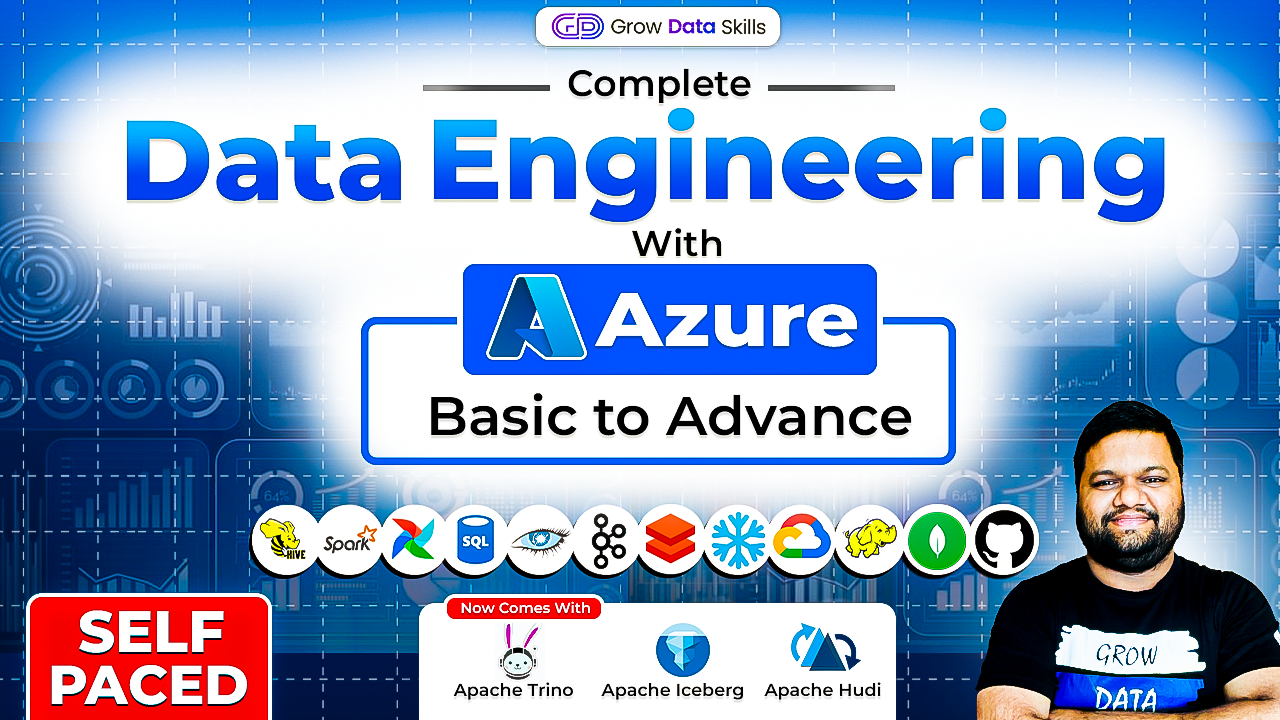Picture this: Your e-commerce platform detects a potential fraud attempt at 2 AM on Black Friday. Do you wait until your nightly batch job runs at 6 AM to flag the transaction, potentially losing thousands of dollars? Or do you catch it in real-time, protecting both your business and your customers instantly?
This scenario perfectly illustrates the fundamental choice that defines modern data architectures: streaming versus batch processing. While both approaches serve critical roles in today's data-driven world, understanding when to use each can mean the difference between competitive advantage and costly missed opportunities.
In 2025, as data volumes explode and business demands for real-time insights intensify, the streaming vs batch decision has become more nuanced than ever. Let's explore these two foundational approaches to help you architect the right solution for your specific needs.
Understanding Batch Processing: The Reliable Workhorse
Batch processing is the veteran of data processing approaches, built on the principle of "collect, then process." Think of it as the industrial assembly line of data processing. It is efficient, predictable, and optimized for handling massive volumes of work in organized chunks.
How Batch Processing Works:
In batch processing, data accumulates over time in storage systems until a predetermined trigger. Whether it's a schedule, data volume threshold, or business event. This iinitiates processing. The system then processes all accumulated data in a single operation, producing results that reflect the complete dataset at that point in time.
Consider a retail company generating daily sales reports. Throughout the day, transaction data flows into databases from stores, online platforms, and mobile apps. At midnight, a batch job kicks off, processing the entire day's transactions to produce comprehensive reports showing sales by region, product category, and customer segment. This approach ensures complete, consistent reporting but introduces a natural delay between when events occur and when insights become available.
The Strengths of Batch Processing
Batch processing excels in scenarios requiring high throughput and comprehensive data analysis. When you need to process terabytes of historical data to identify long-term trends or generate complex financial reports, batch processing provides unmatched efficiency. The sequential, offline nature of batch jobs makes them inherently simpler to design, debug, and maintain.
Resource utilization is another key advantage. Batch jobs can be scheduled during off-peak hours when computing resources are cheaper and more readily available. This scheduling flexibility allows organizations to optimize costs while ensuring critical processing completes without impacting operational systems.
Batch processing also shines when data completeness and consistency are paramount. Since the entire dataset is available during processing, batch jobs can perform complex operations like multi-table joins, comprehensive validations, and sophisticated analytics that require full visibility into the data.
Stream Processing: The Real-Time Response Engine
Stream processing represents a fundamentally different philosophy: process data the moment it arrives. Instead of waiting for data to accumulate, stream processing systems analyze each record as it flows through the system, enabling near-instantaneous insights and actions.
The Stream Processing Paradigm
Imagine a financial trading system where milliseconds matter. Market data streams in continuously. Price updates, trade executions, news alerts and trading algorithms must react instantly. Stream processing systems consume these data streams, apply complex event processing rules, and trigger actions in real-time. The ability to process and respond to data within milliseconds can mean the difference between profit and loss in high-frequency trading scenarios.
Stream processing isn't limited to financial markets. Modern applications across industries rely on real-time data processing. Ride-sharing apps use stream processing to match drivers with passengers, adjust pricing based on demand, and optimize routes. Social media platforms process millions of posts, likes, and comments in real-time to personalize feeds and detect trending topics.
The Power of Immediate Response
The defining characteristic of stream processing is low latency. The ability to produce insights and trigger actions within seconds or milliseconds of data arrival. This immediacy enables entirely new classes of applications that simply weren't possible with batch processing.
Fraud detection exemplifies stream processing's value. When a credit card transaction occurs, stream processing systems can immediately analyze the transaction against historical patterns, location data, and risk models. Suspicious transactions can be flagged or blocked instantly, preventing fraudulent charges before they complete.
However, this real-time capability comes with increased architectural complexity. Stream processing systems must handle varying data rates, maintain state across distributed systems, ensure fault tolerance, and manage out-of-order or duplicate events. All while maintaining low latency.
Side-by-Side Comparison: Streaming vs Batch Processing
To help you make informed decisions, here's a comprehensive comparison of both approaches:
Making the Right Choice: A Decision Framework
The choice between streaming and batch processing isn't binary. It's about matching the right approach to your specific requirements. Here's how to evaluate your needs:
Choose Batch Processing When
Your use case can tolerate processing delays measured in hours or days. Monthly financial reports, quarterly business reviews, and annual compliance audits are perfect examples where batch processing's efficiency outweighs latency concerns.
You're working with massive datasets that benefit from comprehensive analysis. When processing petabytes of historical data to train machine learning models or analyze long-term trends, batch processing provides the throughput and cost-effectiveness you need.
Data completeness is critical for accurate results. If your analysis depends on having a complete view of all transactions, interactions, or events within a specific timeframe, batch processing ensures no data is missing from your calculations.
Resource optimization is a priority. Batch jobs can be scheduled during off-peak hours when cloud computing costs are lower, making them ideal for cost-conscious organizations processing large volumes of data.
Choose Stream Processing When
Business value decreases rapidly with time. If insights lose value within minutes or hours of data generation, stream processing is essential. Real-time personalization, dynamic pricing, and operational monitoring all require immediate processing.
You need to trigger immediate actions based on data. Whether it's fraud detection, system alerts, or automated trading decisions, scenarios requiring instant response demand stream processing capabilities.
You're building interactive user experiences. Modern applications expect real-time updates—live dashboards, collaborative tools, and social media feeds all rely on stream processing to deliver responsive user experiences.
Your data sources generate continuous, unbounded streams. IoT sensors, web clickstreams, and application logs produce continuous data that naturally fits the stream processing model.
The Hybrid Reality: Best of Both Worlds
In practice, most modern data architectures combine both approaches to maximize value. The Lambda architecture, for example, uses batch processing for comprehensive historical analysis while maintaining stream processing for real-time views. This hybrid approach ensures both immediate responsiveness and eventual consistency.
Netflix exemplifies this strategy perfectly. They use stream processing to provide real-time recommendations as you browse, while batch processing analyzes viewing patterns overnight to improve their recommendation algorithms. The result is a system that responds instantly to user behavior while continuously learning from comprehensive data analysis.
Unified processing frameworks like Apache Spark and Apache Flink have made it easier to implement hybrid architectures by providing APIs for both batch and stream workloads. This convergence reduces operational complexity while enabling teams to choose the right processing model for each use case.
The Future of Data Processing
As we advance through 2025, the line between streaming and batch processing continues to blur. Technologies like Apache Beam provide unified programming models that can execute on both batch and streaming engines. Cloud providers offer managed services that automatically handle the infrastructure complexity, making real-time processing accessible to more organizations.
However, the fundamental trade-offs remain: latency versus throughput, simplicity versus capability, cost versus responsiveness. Understanding these trade-offs and making informed decisions based on your specific requirements is what separates successful data architectures from failed implementations.
Conclusion
The streaming versus batch processing decision isn't about choosing a winner—it's about understanding that different data challenges require different solutions. Batch processing remains the optimal choice for comprehensive analysis, cost-effective processing of large datasets, and scenarios where data completeness trumps speed. Stream processing excels when immediacy matters, user experiences depend on real-time updates, or business logic requires instant responses to changing conditions.
The most successful data architectures in 2025 embrace both approaches, using each where it provides the greatest value. By understanding the strengths and limitations of streaming and batch processing, you can build data systems that not only meet today's requirements but also adapt to tomorrow's opportunities.
Remember: the best data architecture is the one that delivers the right insights at the right time to drive meaningful business outcomes. Whether that requires real-time streaming, efficient batch processing, or a thoughtful combination of both depends entirely on your unique circumstances and objectives.




Blog liked successfully
Post Your Comment